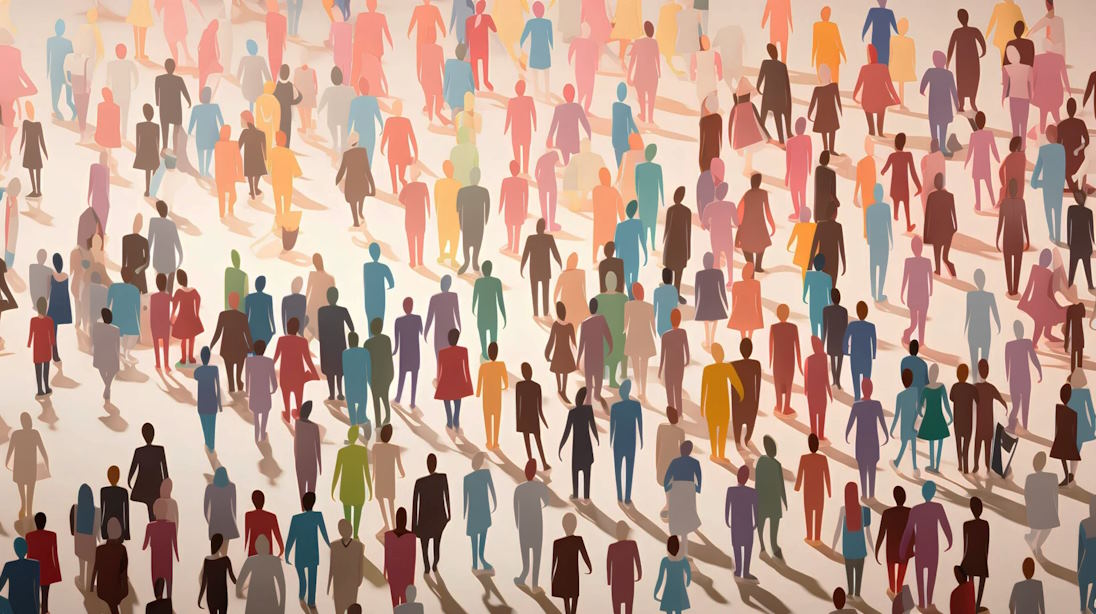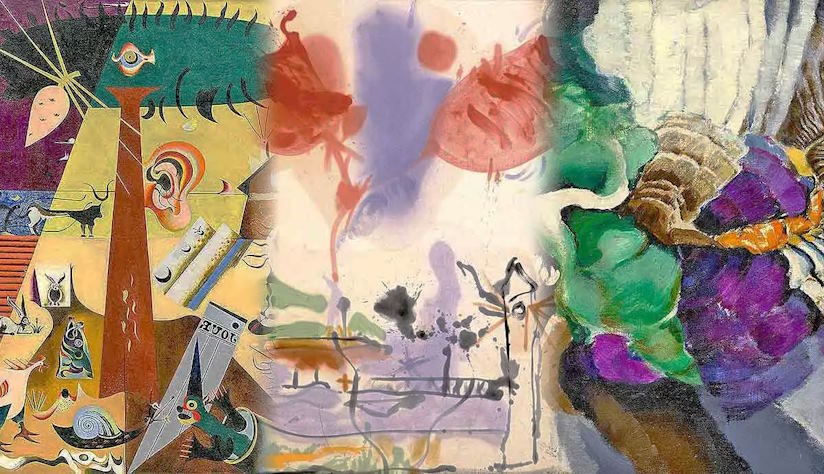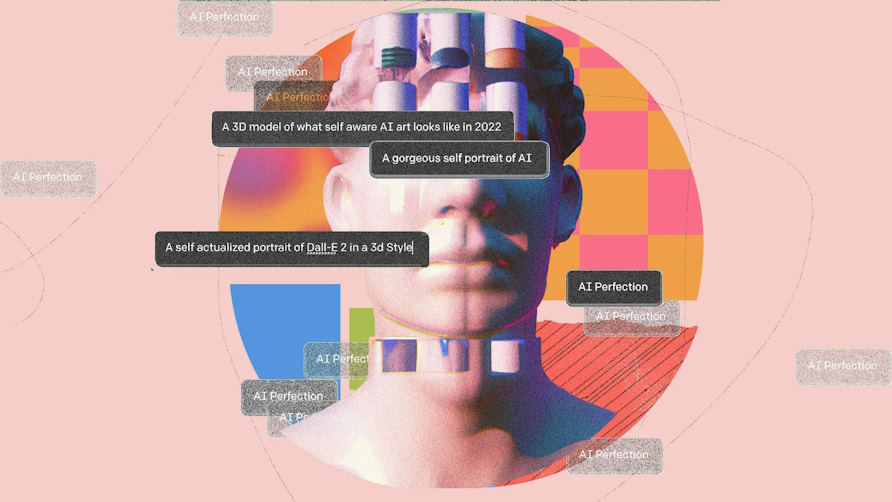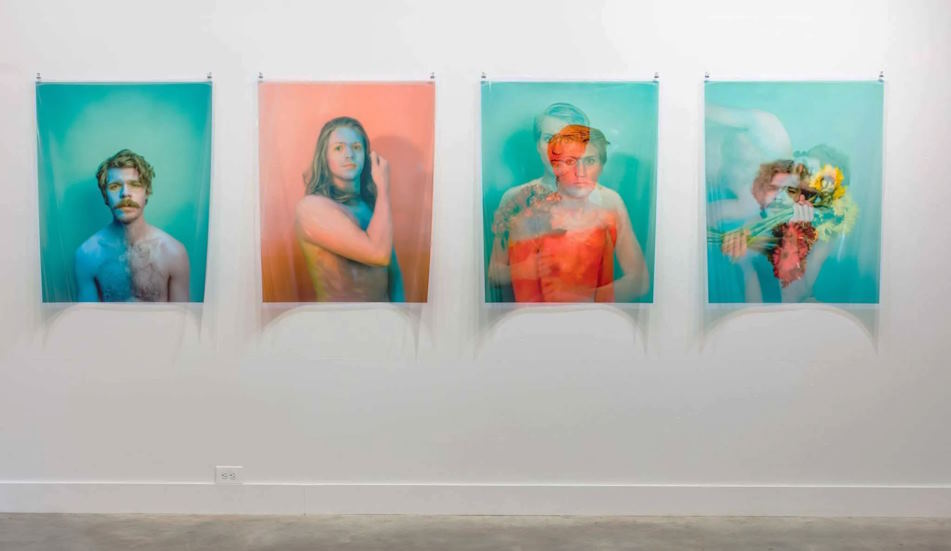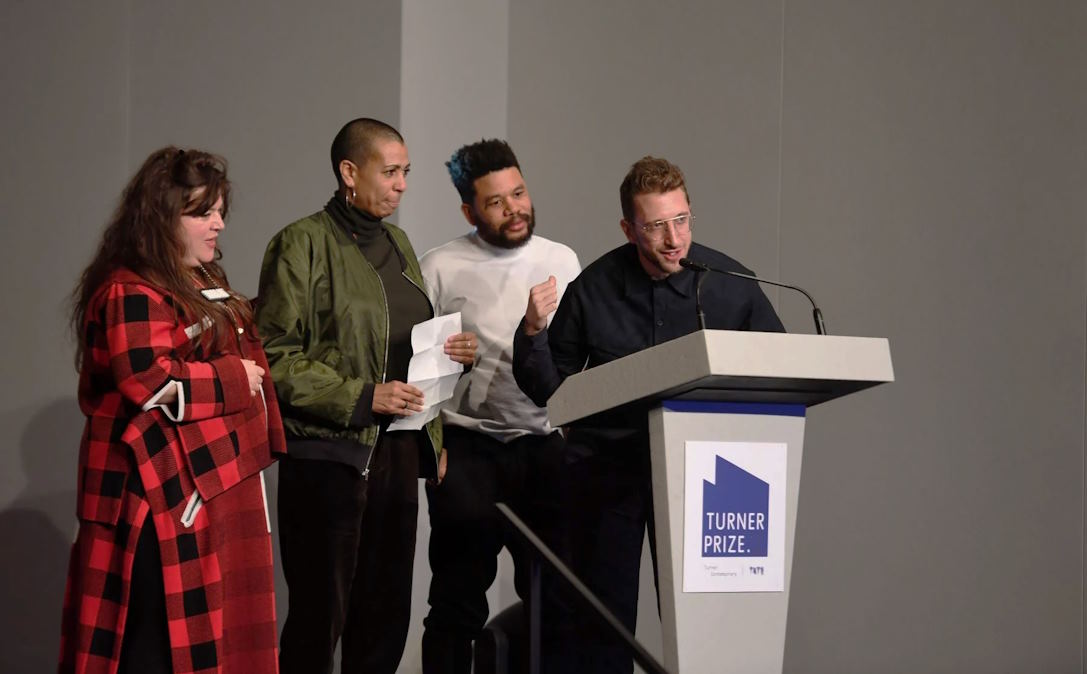
Artistic expression is deeply intertwined with cultural identity, reflecting the values, beliefs, and traditions of the societies from which it emerges. This article explores the interplay between cultural identity and artistic creation, examining how threads of tradition and innovation influence cultural and artistic expression and how cultural diversity enriches the global art scene.
The Interplay Between Cultural Identity and Artistic Creation
Cultural identity shapes artistic creation in profound ways, influencing themes, styles, and mediums. Key aspects include:
- Symbols and Motifs: Artists often incorporate culturally significant symbols and motifs into their work, which convey specific meanings and connect viewers to cultural narratives.
- Storytelling: Art serves as a medium for storytelling, preserving cultural myths, histories, and legends. This narrative aspect helps to maintain cultural heritage and educate future generations.
- Traditional Techniques: Many artists use traditional techniques passed down through generations, blending them with contemporary practices to create unique works.
Threads of Tradition and Innovation in Cultural Artistic Expression
The fusion of tradition and innovation is a hallmark of cultural artistic expression. This dynamic can be observed in various ways:
- Revitalization of Ancient Practices: Contemporary artists often revitalize ancient art forms, giving them new life by incorporating modern elements.
- Hybrid Art Forms: The blending of different cultural traditions can lead to the creation of hybrid art forms that reflect a multicultural society.
- Technological Integration: The use of modern technology in traditional art forms can enhance artistic expression and reach a broader audience.
Cultural Diversity Enriches Artistic Expression
Cultural diversity plays a crucial role in enriching artistic expression. The exchange of ideas and artistic practices across cultures leads to:
- Cross-Cultural Influences: Artists draw inspiration from different cultures, incorporating diverse elements into their work and creating art that resonates on a global scale.
- Innovative Collaborations: Collaborative projects between artists from different cultural backgrounds can result in innovative and unique art forms.
- Global Art Movements: Cultural diversity fosters global art movements, encouraging artists to break boundaries and explore new creative frontiers.
Case Studies
To illustrate the impact of culture on artistic expression, consider the following examples:
- African Art: African art is known for its vibrant use of color, intricate patterns, and symbolic representations. Traditional masks, sculptures, and textiles often reflect spiritual beliefs and social structures.
- Japanese Art: Japanese art seamlessly blends tradition with modernity. From the delicate brushwork of sumi-e painting to the bold aesthetics of contemporary anime and manga, Japanese artists honor their heritage while embracing innovation.
- Latin American Art: Latin American art is characterized by its rich history of political and social commentary. Artists like Diego Rivera and Frida Kahlo used their work to address social issues and celebrate their cultural identity.
The influence of culture on artistic expression is profound and multifaceted. The interplay between cultural identity and artistic creation results in a rich tapestry of art that reflects the diversity of human experience. By weaving together threads of tradition and innovation, artists not only preserve their cultural heritage but also push the boundaries of creative expression. Cultural diversity enriches the global art scene, fostering cross-cultural dialogues and inspiring new artistic movements.
As we continue to explore and appreciate the diverse artistic expressions around the world, we gain a deeper understanding of the cultural contexts that shape them. This appreciation fosters a more inclusive and interconnected global community where art serves as a universal language that transcends cultural barriers.

